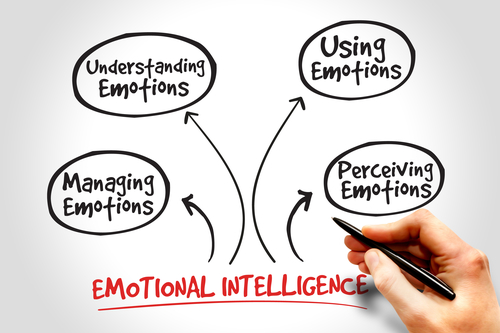By Sarah Inskeep
A picture is in front of us. In it there is a street, full of people as far as the eye can see. There are men and women of varying ages. The buildings they walk between have been mostly destroyed — only their fragmented structures remain, a jagged outline against the sky. What colors exist are muted by the gray clouds. Looking more closely, then, we can see a woman’s face, held impassive, and an older man whose lips are turned downward, eyes solemn but focused on whatever is ahead.
Now, look with your heart, we are instructed. Though I have never experienced anything like what I see in the photo, and surely cannot feel exactly as they feel, I find there are yet certain human emotions that we all might understand. Determination. Grief. An anxious sort of hope. More than the observation of details, these emotions serve as an invisible thread, connecting us to what we see and, more importantly, humanizing it.
So often in the day-to-day, I try to process things analytically. This exercise, however, reminded me that especially in the work of peacebuilding, what’s seen with the head is not enough. More often than not, the things one can see are not really the ones the conflict is about (as the canonical iceberg example makes clear!). As Antoine de Saint-Exupéry wrote in his classic book, The Little Prince:
“It is only with the heart that one can see rightly; what is essential is invisible to the eye.”
It’s not enough to just think about what other people need in an analytic way – we must be willing to open our hearts to try to understand their emotions, too. Even if we cannot change the circumstances, there is solace in knowing one is not alone.
This does not mean, of course, that we should abandon rational decision-making processes. The two ways of thinking and seeing are not dichotomous. The tricky thing, I think, is learning to use both. If someone is very angry or very afraid, responding with similarly high emotions will probably not help to calm them. At the same time, however, what they are feeling (and what they are perceiving to be true because of it) cannot be totally ignored. I think, in most cases, a mix of empathy and rationality is needed to move forward with conflict resolution.
Our visitor, Jerome, suggested that one of the ways we can become better at using both empathy and rationality together effectively is to develop our emotional intelligence (EQ). The Oxford English Dictionary defines it as “the capacity to be aware of, control, and express one’s emotions, and to handle interpersonal relationships judiciously and empathetically.”
What does it take to develop that? For starters, perceiving and identifying emotions is incredibly useful. Understanding why those emotions are there, and learning how they make you act and respond to situations is usually the next step. Then, once one knows oneself, one can begin to use those emotions productively.

Once familiar with this process, it becomes easier to understand not only ourselves, but also others. Again, I don’t think this means we can feel exactly as another person feels, or even that we understand them as a person completely. It means, more so, that we can use EQ to diminish the space between ‘us’ and ‘them’, and to enable us to communicate about the issues that really matter.


